Advancements in Laser Technology
Technological advancements play a crucial role in shaping the laser technology market in Europe. Innovations in laser sources, such as fiber lasers and solid-state lasers, enhance performance and broaden application scopes. These advancements enable higher power outputs, improved beam quality, and greater energy efficiency, which are essential for meeting the evolving demands of various sectors. The introduction of new laser systems is expected to drive market growth, with an estimated increase in market value to €3.5 billion by 2026. Furthermore, the development of compact and portable laser devices opens new avenues for applications in fields like telecommunications and medical diagnostics, thereby expanding the overall market landscape.
Rising Demand for Precision Manufacturing
The laser technology market in Europe experiences a notable surge in demand for precision manufacturing processes. Industries such as automotive, aerospace, and electronics increasingly rely on laser systems for cutting, welding, and engraving applications. This trend is driven by the need for high-quality, efficient production methods that reduce waste and enhance product durability. In 2025, the European laser technology market is projected to reach approximately €3 billion, reflecting a compound annual growth rate (CAGR) of around 8% over the next five years. The integration of laser technology into manufacturing processes not only improves operational efficiency but also supports the shift towards automation and smart manufacturing, further solidifying its role in the industry.
Increased Investment in Research and Development
Investment in research and development (R&D) significantly influences the laser technology market in Europe. Governments and private entities are channeling funds into R&D initiatives aimed at enhancing laser applications across diverse sectors, including healthcare, manufacturing, and telecommunications. This focus on innovation is expected to yield breakthroughs that could revolutionize existing technologies and create new market opportunities. In 2025, R&D spending in the laser technology sector is anticipated to exceed €500 million, reflecting a growing recognition of the strategic importance of laser technologies. As a result, the laser technology market is likely to benefit from a continuous influx of innovative solutions that address current challenges and meet future demands.
Growing Environmental Concerns and Sustainability
The laser technology market in Europe is increasingly influenced by growing environmental concerns and the push for sustainability. Laser systems are recognized for their ability to minimize waste and energy consumption compared to traditional manufacturing methods. This eco-friendly aspect aligns with the European Union's stringent regulations on emissions and waste management, prompting industries to adopt laser technologies as part of their sustainability initiatives. By 2025, it is projected that the adoption of laser technology could lead to a reduction in energy usage by up to 30% in various applications. Consequently, the market is likely to expand as companies seek to enhance their environmental credentials while maintaining competitive advantages.
Expansion of Laser Applications in Telecommunications
The expansion of laser applications in telecommunications significantly impacts the laser technology market in Europe. As the demand for high-speed data transmission continues to rise, lasers are increasingly utilized in fiber optic communication systems. This trend is driven by the need for faster, more reliable internet services and the growing adoption of 5G technology. In 2025, the telecommunications sector is expected to account for approximately 25% of the total laser technology market share in Europe, reflecting a robust growth trajectory. The integration of advanced laser technologies into communication infrastructure not only enhances data transfer rates but also supports the development of next-generation networks, thereby solidifying the market's position in this critical industry.


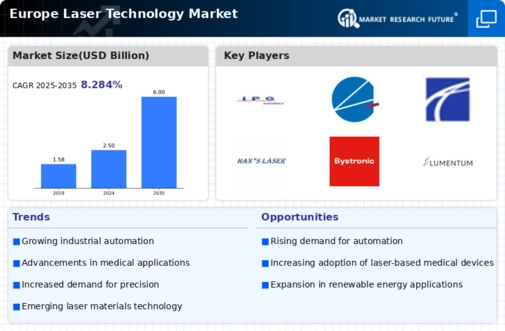
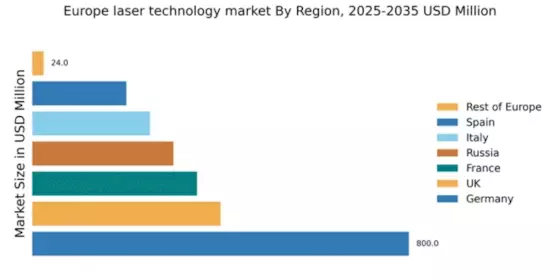

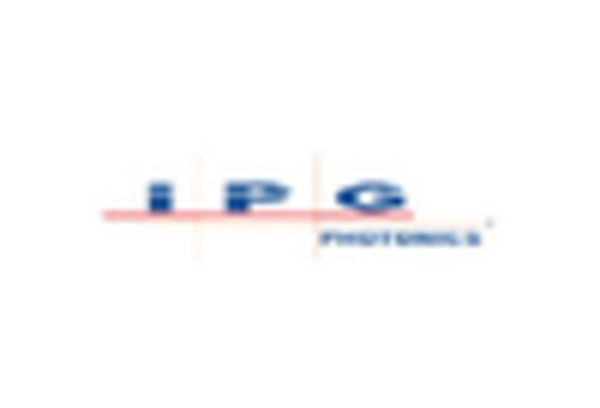
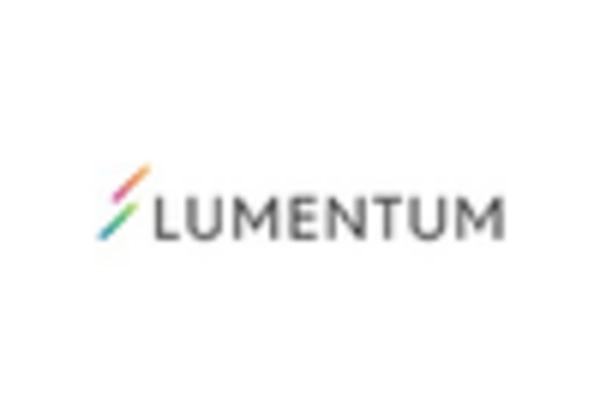

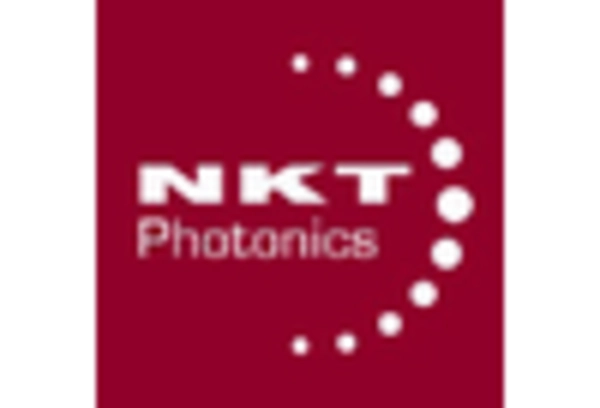









Leave a Comment